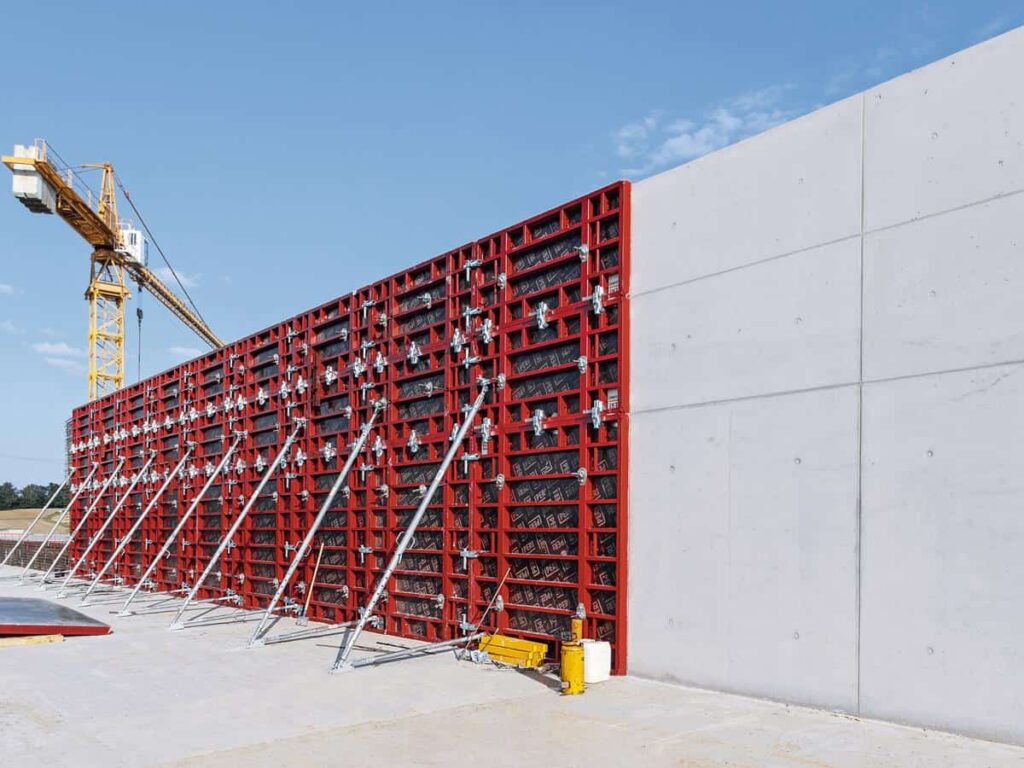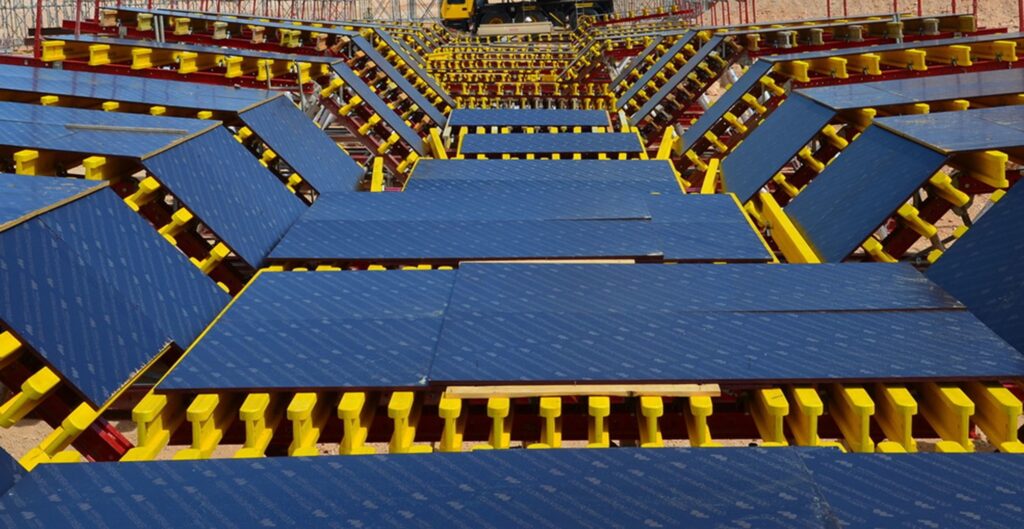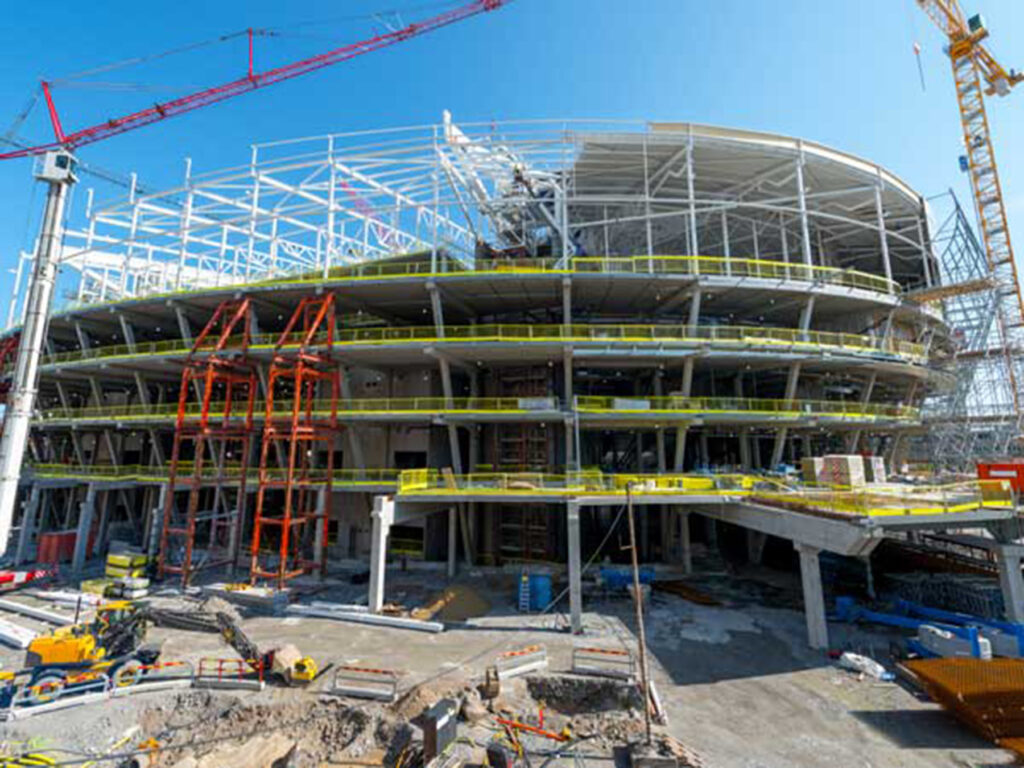Concrete form plywood is an essential material in the construction industry, known for its strength, durability, and versatility. In this article, we will explore the key features and benefits of concrete form plywood, its common applications, and how to properly maintain and care for it.
Understanding Concrete Form Plywood
Concrete form plywood is an essential component in the construction industry, providing the necessary support and structure for concrete to be poured and shaped into various forms. Its durability and strength make it ideal for withstanding the pressure and weight of wet concrete, ensuring that the final structure is stable and long-lasting.
Definition and Basic Properties
Concrete form plywood, also known as formwork or shuttering plywood, is a type of plywood specifically designed for use in concrete formwork. It is made from layers of thin wood veneers bonded together with strong adhesives, creating a rigid and sturdy panel.
One distinct characteristic of concrete form plywood is its smooth and flat surface, which ensures a high-quality finish on concrete structures.
Manufacturing Process of Concrete Form Plywood
The manufacturing process of concrete form plywood starts with selecting high-quality wood veneers. These veneers are then treated with preservatives to enhance their durability and resistance to termites and fungal decay.
The treated veneers are then bonded together using heat and pressure, resulting in a strong and durable plywood panel. This manufacturing process ensures that concrete form plywood is able to withstand the pressure exerted by the liquid concrete during the pouring and curing process without warping or deforming.
Furthermore, the use of advanced bonding techniques in the manufacturing process helps in creating a moisture-resistant plywood, reducing the risk of delamination or warping when exposed to the moisture present in concrete. This ensures that the concrete form plywood maintains its structural integrity throughout the construction process, providing a reliable formwork solution for builders and contractors.

Key Features of Concrete Form Plywood
Durability and Strength
One of the primary features of concrete form plywood is its exceptional durability and strength. It is designed to withstand the rigors of concrete construction, including the weight and pressure of the concrete mixture.
The sturdy construction of concrete form plywood ensures that it maintains its shape and integrity, even under heavy loads.
Moreover, the high-quality bonding agents used in the manufacturing process enhance the plywood’s ability to resist wear and tear, ensuring longevity and reliability in demanding construction projects.
Versatility in Construction
Concrete form plywood is highly versatile and can be used for various types of concrete structures. It can be easily molded and shaped to fit different formwork configurations, making it ideal for complex architectural designs and intricate concrete shapes.
Its flexibility allows for the creation of both simple and complex concrete structures, including walls, columns, beams, and slabs.
Furthermore, the smooth surface of concrete form plywood facilitates easy demolding, resulting in a flawless finish on concrete surfaces without the need for extensive finishing work.
Resistance to Water and Moisture
Concrete form plywood is specifically engineered to withstand exposure to water and moisture. It is treated with water-resistant chemicals and coatings that protect the plywood from swelling, warping, and delamination.
This resistance to water and moisture ensures that the formwork remains stable and intact, even in wet construction environments.
In addition, the moisture-resistant properties of concrete form plywood contribute to preventing mold and mildew growth, maintaining a hygienic and safe construction environment for workers and inhabitants alike. Learn more about hygienic at https://www2.nau.edu/~gaud/bio301/content/hygn.htm
Benefits of Using Concrete Form Plywood
Cost-Effectiveness
Concrete form plywood offers cost-effective benefits to contractors and builders. Its durability and reusability make it a cost-efficient choice for multiple construction projects.
Furthermore, the smooth surface of concrete form plywood reduces the need for additional surface preparation, saving both time and money during the construction process.
Moreover, the longevity of concrete form plywood adds to its cost-effectiveness. With proper maintenance and care, these plywood panels can be used for numerous construction projects over an extended period, providing excellent value for money.
Easy Installation and Removal
Using concrete form plywood for formwork simplifies the construction process. The plywood panels are lightweight, making them easy to handle and install.
Additionally, the smooth surface of the plywood minimizes the adhesion of concrete, allowing for easy removal after the concrete has cured.
Furthermore, the versatility of concrete form plywood in terms of shapes and sizes enhances its ease of installation. Whether it’s a simple straight wall or a complex curved structure, concrete form plywood can be easily customized to fit the specific requirements of the project, streamlining the construction process.
Environmental Impact
Concrete form plywood is environmentally friendly and sustainable. It is made from renewable wood resources and is considered a greener option compared to other formwork materials.
Furthermore, concrete form plywood can be recycled or repurposed after its service life, reducing waste and contributing to a more sustainable construction industry.
In addition, the energy efficiency of concrete form plywood production further enhances its environmental credentials. The manufacturing process of this plywood consumes less energy compared to alternative formwork materials, resulting in lower carbon emissions and a reduced environmental footprint.
Common Applications of Concrete Form Plywood
Building Foundations and Walls
Concrete form plywood is widely used in the construction of foundations and walls. Its strength and versatility make it an ideal choice for creating strong and durable concrete structures.
Whether it’s a residential, commercial, or industrial project, concrete form plywood provides the necessary support and formwork for creating solid foundations and structurally sound walls.
Moreover, the smooth surface of concrete form plywood allows for easy release of the formwork after the concrete has set, resulting in a clean finish that requires minimal additional work for polishing or smoothing.
Additionally, the dimensional stability of concrete form plywood helps prevent warping or bending during the concrete pouring process, ensuring uniform thickness and strength in the final structure. Click here to read more about thickness.
Bridge and Highway Construction
In bridge and highway construction, concrete form plywood plays a crucial role in creating the formwork for various concrete components, including piers, abutments, beams, and culverts.
The ability of concrete form plywood to withstand heavy loads and harsh weather conditions makes it suitable for these demanding infrastructure projects.
Furthermore, the high reusability of concrete form plywood makes it a cost-effective choice for large-scale bridge and highway construction projects, where multiple formwork setups are required for different sections of the infrastructure.
Its durability and resistance to moisture also contribute to the longevity of the formwork, ensuring that it can be used for multiple concrete pours without compromising on quality or structural integrity.

Maintenance and Care for Concrete Form Plywood
Cleaning and Storage
After each use, it is essential to clean the concrete form plywood panels to remove any concrete residue or buildup. This can be done by using a pressure washer or scrubbing the surface with a stiff bristle brush and water.
Once cleaned, the panels should be properly dried before storage to prevent mold or mildew growth. Storing the plywood in a dry and well-ventilated area will prolong its lifespan and maintain its quality for future use.
It is also recommended to apply a protective sealant or coating to the plywood after cleaning and drying. This additional step can help enhance the durability and resistance of the panels to various environmental factors, such as moisture, UV exposure, and abrasion.
Lifespan and Replacement
The lifespan of concrete form plywood depends on various factors, including the frequency of use, the care taken during installation and removal, and the exposure to external elements.
Inspecting the panels for signs of wear, delamination, or damage is crucial to ensure their structural integrity. Regular maintenance practices, such as checking for loose fasteners or cracks, can help identify potential issues early on and prevent costly repairs or replacements.
Furthermore, when replacing damaged panels, it is important to select high-quality plywood that meets the required specifications for concrete formwork. Choosing the right grade and thickness of plywood can significantly impact the overall performance and longevity of the formwork system.
In conclusion, concrete form plywood offers significant benefits in construction, including durability, strength, versatility, cost-effectiveness, and resistance to water and moisture. Its applications range from building foundations and walls to bridge and highway construction. By properly maintaining and caring for concrete form plywood, builders and contractors can maximize its lifespan and continue to enjoy its numerous advantages in the construction industry.
Other resources: Choosing the Right Concrete Plywood for Your Construction Projects

